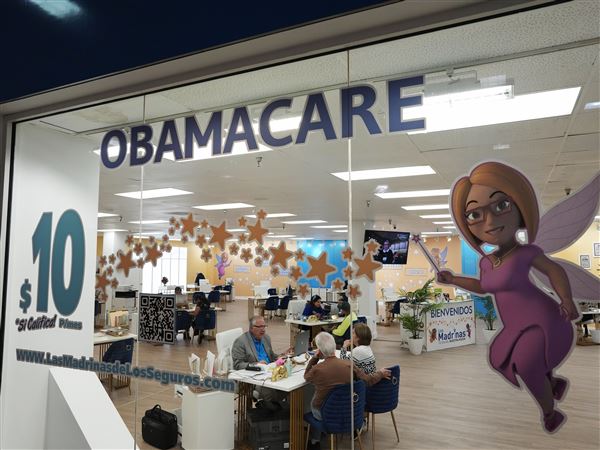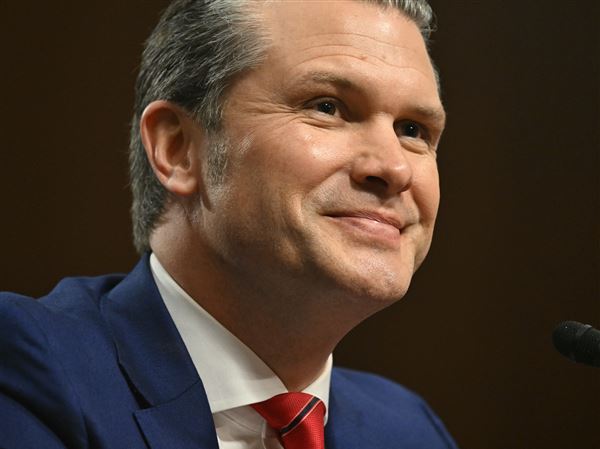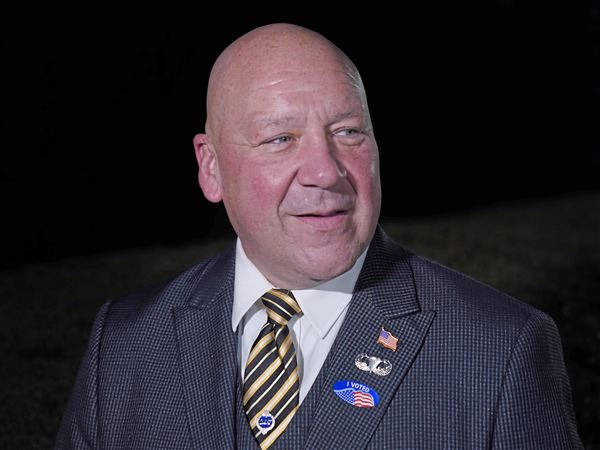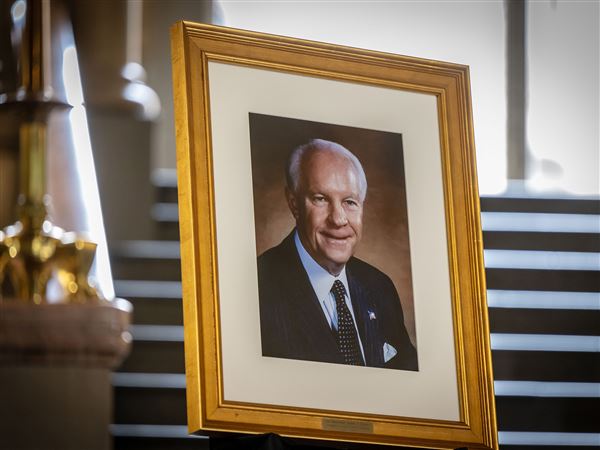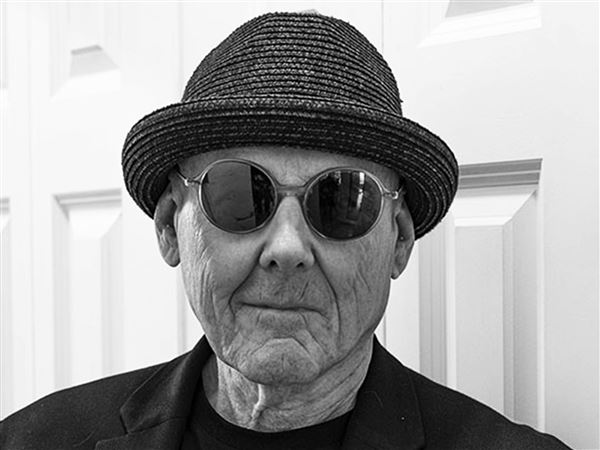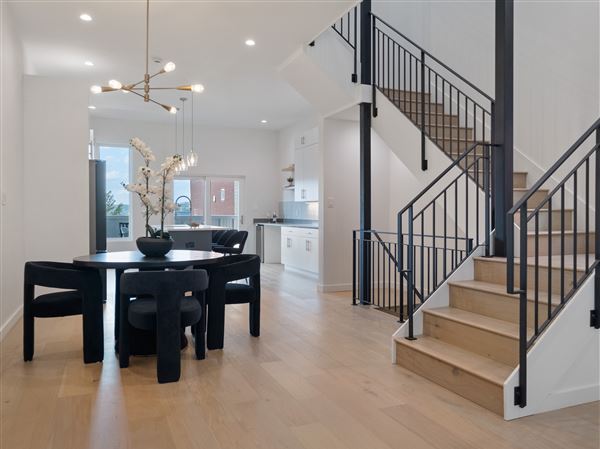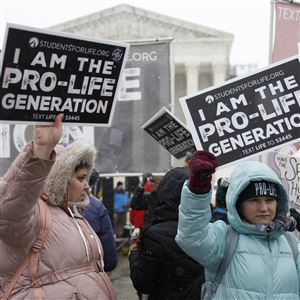Let’s start with some scary statistics about our aging society.
More than half of U.S. households are headed by someone 50 or older, according to Housing America’s Older Adults 2018, a Harvard University’s Joint Center for Housing Studies report.
The over-65 population is expected to grow to 79 million over the next 20 years, representing 21 percent of the total projected U.S. population. By 2035, almost 31 million households will have someone with a disability.
The probable demand for long-term care facilities and alternatives to these facilities (“aging at home”) will be dramatic.
Today, we want to look only at some issues surrounding skilled nursing facilities and the difficulties many of those now face — issues that may be further exacerbated by this aging group. This discussion is focused on long-term skilled nursing services, not assisted living/personal care or short-term skilled nursing services such as rehabilitation services (occupational, physical and speech therapy and licensed nursing services) although these share similar concerns.
On any given day, there are about 1.4 million residents in about 15,500 long-term care facilities across the U.S. While many seniors may stay only a short while, the average stay is almost 900 days. With costs averaging about $10,000 a month, very few people can afford a prolonged stay without becoming impoverished.
With few individuals having or being able to afford long-term care insurance policies or being able to pay out of pocket, the payer of last resort — especially in Pennsylvania — becomes the state Medical Assistance program.
This program is designed to provide certain health care benefits to people with low income and limited financial resources. Because of the cost of long-term care, such facilities become dependent upon the state for almost 70 percent of their payment.
A portion of many long-term skilled facilities also have short-term acute patients. But those overall length of stays are decreasing due to the impact of, among other things, Medicare Advantage managed care plans.
Couple that with the increase in initiatives to treat patients at and in their homes and this has led, based upon a National Investment Center for Housing & Care March 2018 report, to an average occupancy hovering around 81 percent. These facilities are like airlines that fill up only 81 percent of their seats. How many of us have recently been on a plane with 20 percent of the seats empty?
This leads to the question of how financially successful (viable?) many of these facilities can be.
A December 2017 report in the Skilled Nursing News (a publication of Aging Media Network) estimated that the average nursing home had a profit margin (“net income” in nonprofit sector lingo) of only 0.5 percent in 2016.
In Pennsylvania, with the high dependency of these facilities on the Medical Assistance program as a payment source, it needs to be noted that the state reimburses skilled nursing facilities only about 81 percent of what it costs to provide both care and services to Medical Assistance beneficiaries.
Now more fodder for concern. A recent Wall Street Journal article spoke to the significantly decreasing ratio of working adults to retiree adults. In 1980, there were 19 retirees for every 100 working Americans, age 18-64. By 2030, that ratio is projected to double to 35 retirees for every 100 working Americans.
Why is this important? Well, someone must care for this increasingly aging population, whether in a nursing facility, assisted living facility or at home.
With many direct care givers being paid only $12 or so an hour, it’s becoming more difficult to attract the dedicated, caring employees that we have been fortunate to see in many of the facilities in which we have clients.
Increasing wages is a two-edged sword when coupled with the already low rate of reimbursement seen by most facilities. Without getting too political, perhaps we need to take a harder look at improving our immigration policies to allow a greater pool of direct care workers to provide care to a growing aging population.
We all are aging or have aging loved ones. Let’s address this issue.
Julian Gray and Frank Petrich are certified elder law attorneys who practice in the Pittsburgh area at Gray Elder Law. Send questions to elderlawguys@grayelderlaw.com or visit www.grayelderlaw.com.
First Published: December 3, 2018, 3:00 p.m.
